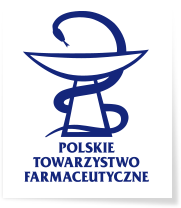Adam Sikora
Marihuana medyczna w aspekcie terapii przeciwnowotworowej. Wstęp
2017-12-04
Marihuana medyczna w aspekcie terapii przeciwnowotworowej. Wstęp
Medical marijuana, anticancer therapy aspects
Marijuana is the name given to the to the dried buds and leaves of varieties of the Cannabis sativa plant, which can grow wild in warm tropical climates throughout the world and be cultivated commercially. It goes by names, including pot, grass, cannabis, weed, hemp, hash, marihuana, ganja, and dozens of others. Marijuana has been in remedies for centuries. Scientist have identified many biologically active components in marijuana. These are called cannabinoids. The two best studied components are the chemical delta – 9 – tetrahydrocannabinol (THC) and cannabidiol (CBD). Other cannabinoids are being studied. Compounds in marijuana have different actions in human body. For example, THC seems to cause the euphoria reported by consumers of marijuana and also can help relieve pain and nausea, reduce inflammation and can act as an antioxidant. It can also lead to feelings of anxiety and paranoia. CBD can help treat seizures, can reduce anxiety and paranoia and can counteract the euphoria caused by THC. More recently, scientists reported that THC and other cannabinoids such as CBD slow growth and/or cause death in certain types of cancer cells in laboratory dishes. Some animal studies also suggested certain cannabinoids may slow growth and reduce spread of some forms of cancer. There have been some early clinical trials of cannabinoids in treating cancer in humans and more studies are planned. While the studies so far have shown that cannabinoids can be safe in treating cancer, they do not show that they help control or cure the disease.
Keywords: medical marijuana, cannabinoids cancer
© Farm Pol, 2017, 73(8): 505-508

